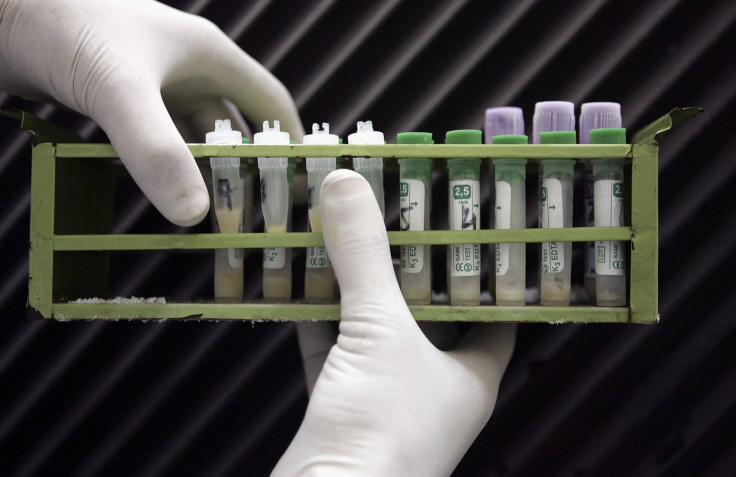Cure For HIV, Aids Coming Soon? Vaccine For Immunity, Weakened Virus Tested

Researchers at the University of Nebraska are one step closer to creating an effective vaccine to guard against HIV. The team genetically engineered an on-off switch in a weakened form of the virus, making a potential vaccination that much safer and more effective, according to a study published Wednesday in the journal ACS Synthetic Biology.
The researchers had been working on the vaccination since 2014. At the time, they engineered a version of HIV that could not replicate itself without an amino acid that was not present in the human body, giving them control over the virus’ ability to copy itself. Though they successfully accomplished this, the treatment still did not yield adequate immunity from the virus.
Read: Opioid Epidemic Could Mean Rise In AIDS Transmission With Increased Drug Use
By placing the on-off switch inside the virus as shown in the recent study, the researchers were able to better control the virus and boost immunity.
“We’re one step closer to generating a vaccine,” Wei Nu, associate professor of chemical and biomolecular engineering, said in a press release.
More than 1.2 million people in the United States and 36.7 million around the world are currently living with HIV, according to the Centers for Disease Control and Prevention. The nation spent $19 billion on HIV and AIDS response in 2015 alone, though that number is expected to rise to $23.9 billion by 2030.
Read: HIV Treatment On Monkeys Destroys Virus, Restores Immune Cells
Though there is still no cure for the virus, scientists around the world have made strides in treating it since it was discovered in 1983. Research presented at the Conference on Retroviruses and Opportunistic Infections in February provided evidence that therapeutic vaccinations provided a “function cure,” allowing patients to live years without drugs.
The next step for the University of Nebraska team is to begin evaluating the treatment’s effectiveness in small animals.
“That’s the big milestone. If that works well, we need to go to the pre-clinical animal model before going to a clinical trial,” Qinsheng Li, professor of biological sciences and member of the Nebraska Center for Virology, said in the press release. “That’s our goal and road map.”
© Copyright IBTimes 2024. All rights reserved.






















